Is there any event more quintessentially British than Wimbledon? The clink of Pimm’s glasses, the hush before a serve, the ceremonial sweep of the grass courts – it’s ritual as much as tournament. And yet today, as the 2025 semi-finals begin, the fashion narrative often leads from abroad.
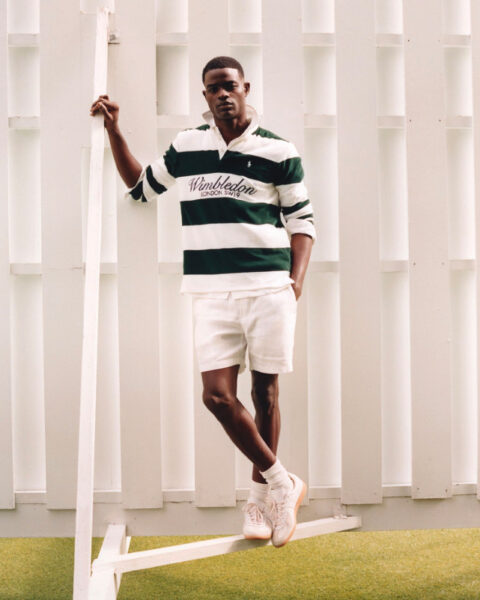
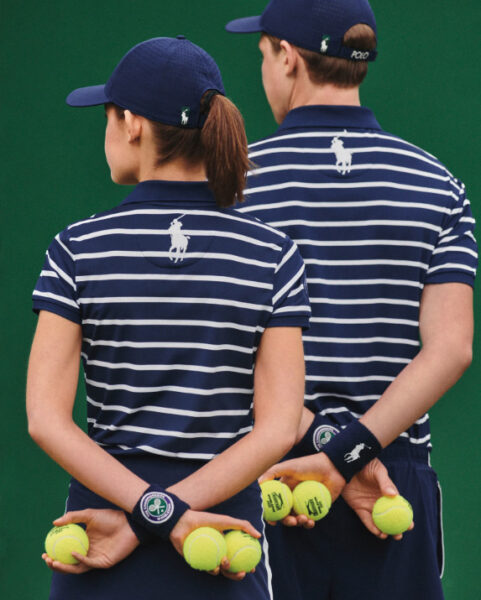
International aces on Centre Court
Since 2006, Ralph Lauren’s preppy American style – navy blazers, repp ties and crisp pleats – has dressed umpires and ball kids, cementing an iconic on-court look. This partnership brought polished, globally recognisable heritage sportswear to Wimbledon, and it works brilliantly.
That global takeover deepened this year when Italian player Jannik Sinner strode on-court with a monogrammed Gucci duffel, a move The Business of Fashion called a “Wimbledon fashion revolution.” Luxury fashion has officially stepped onto Centre Court.
On-court style this year has skewed heavily American. According to Luxury London, standout looks include Coco Gauff in butterfly‑embroidered New Balance, Taylor Fritz sporting Hugo Boss, Naomi Osaka in a Nike dress and Stefanos Tsitsipas wearing Adidas’ ’London Originals’.

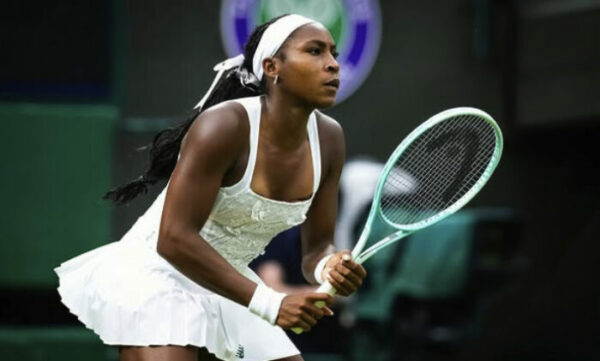
Even Lorenzo Musetti’s Bottega Veneta bomber added a global luxury twist. Wimbledon 2025 has become a stage for international – and particularly American – sportswear branding.
And change isn’t just coming from the sidelines. This year saw the removal of line judges on Centre Court, replaced by automated line-calling technology for the first time in Wimbledon’s history. But in a fourth-round match, the system failed to register three calls due to a technical error – prompting a backlash from player Anastasia Pavlyuchenkova and renewed debate about tradition, technology and the role of human judgement. It’s a timely reminder that even at Wimbledon, evolution comes with growing pains.
A rich fashion legacy
Wimbledon’s fashion story has long mirrored cultural change. And while some of its most iconic style moments came from abroad, British designers have played a defining role. In 1919, French player Suzanne Lenglen stunned the sporting world with her cropped sleeves and calf-length pleats – a bold move that helped liberate women’s athletic fashion. By the 1930s, Fred Perry was redefining men’s tennis style with his sharply tailored shorts and slim-fitting polo shirts – designs that would go on to influence both sportswear and streetwear for generations.


In the post-war decades, British designer Ted Tinling brought flair and flamboyance to the court, creating headline-making outfits for players like Gussie Moran and Billie Jean King. And more recently, in 2017, Stella McCartney put British design back in the spotlight with a sustainable Wimbledon collection for Adidas, worn by stars including Garbiñe Muguruza.
But since then? Wimbledon has been fairly quiet on the British fashion front.
The rise of Tenniscore
Spectator style – from tenniscore schoolgirl pleats to pastel polos – dominates summer fashion. David Beckham’s finely cut linen, Margot Robbie’s retro polka dots and lines like Nike’s ’London’ and Adidas’s ’London Originals’ all borrow from Wimbledon’s visual language. British labels are playing along: East London-based label Aligne rolled out tailored whites and linen separates, while high street favourites Boden offered racket-print dresses and garden-party maxis.
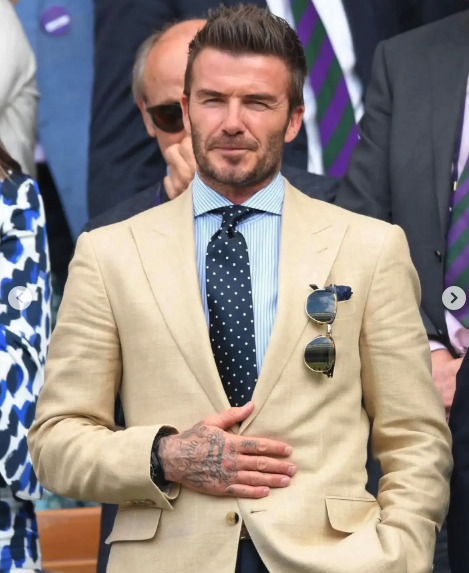
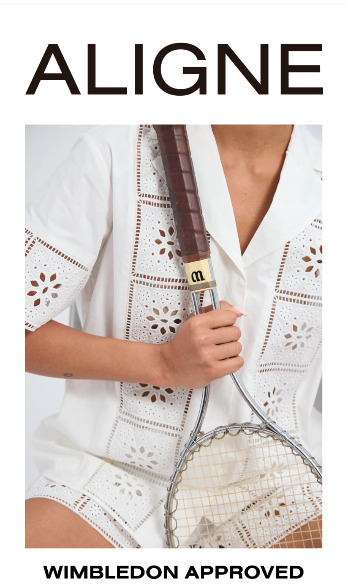
There’s clearly appetite – both from British designers and a global audience – for a new British voice at Wimbledon. A collaborative capsule with Ralph Lauren could combine global scale with local craftsmanship. Or maybe a bold solo project could redefine what the tournament looks like, just as Tinling once did.
Final serve
Wimbledon has never just been about tennis. It’s a tradition, a stage and a mirror to broader cultural shifts. From Tinling’s flamboyance to McCartney’s minimalism, British designers have helped shape tennis style. But it’s been a while since a homegrown voice led the conversation.
As the 2025 tournament unfolds and line judges give way to AI, perhaps it’s also time for a new generation to step up in the fashion box. Who gets to dress a British icon? And could the future of Centre Court style come not from across the Atlantic, but from closer to home?

